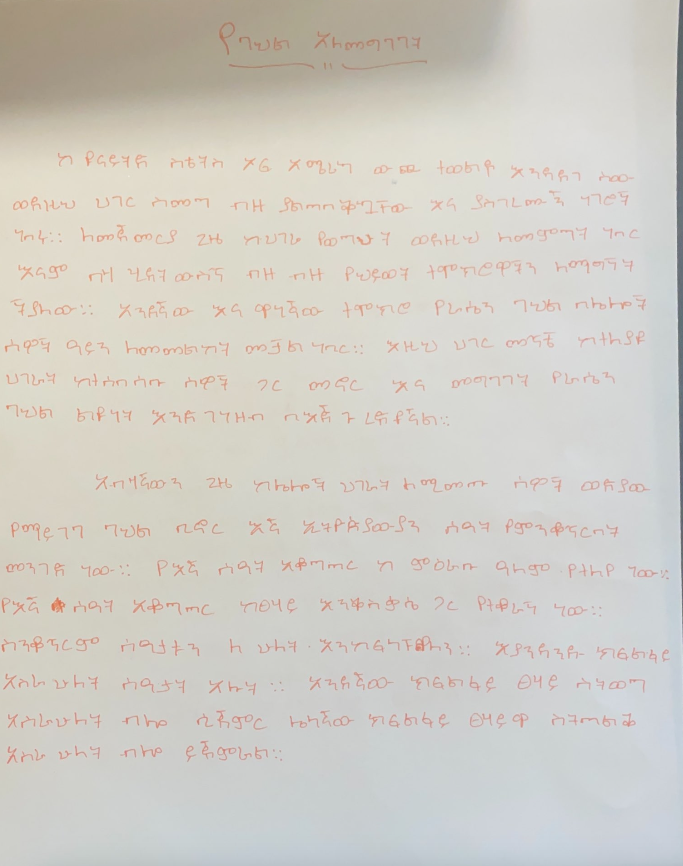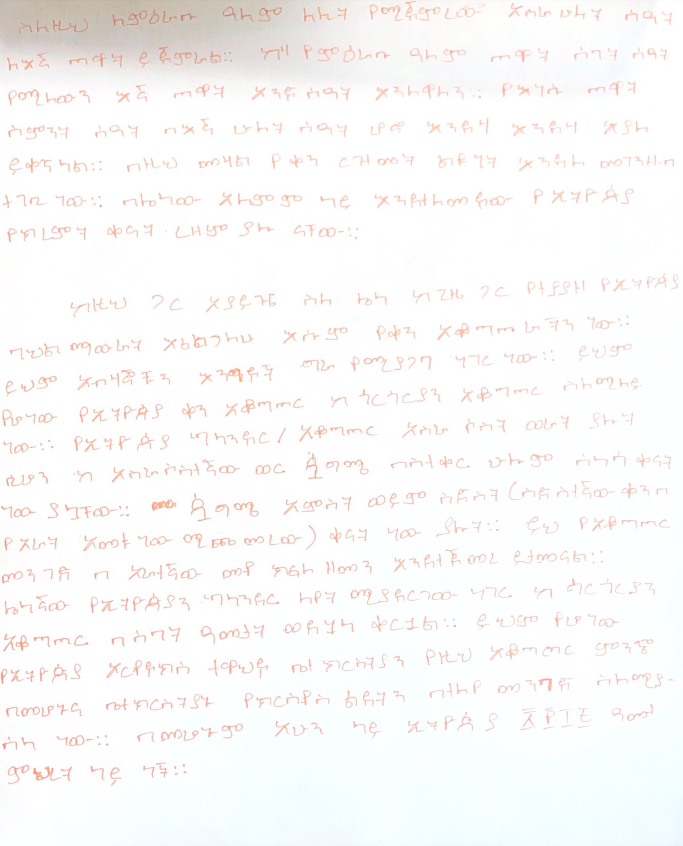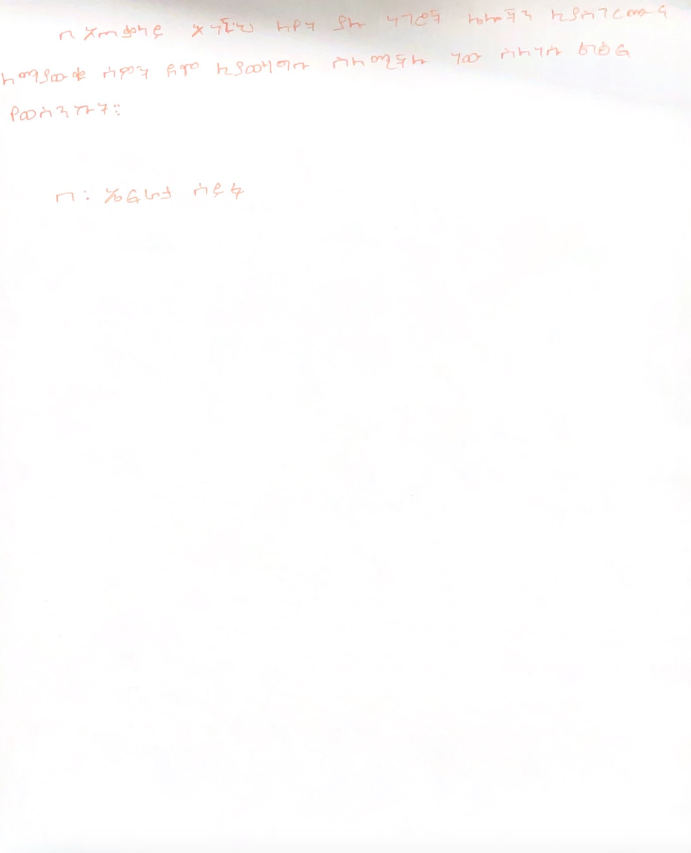Having grown up in a different country, I had definitely experienced some culture shocks once I arrived in the U.S. My journey here was the first time I ever left my home country, so settling into a completely different culture was quite the interesting experience in the sense that it opened my eyes to a new way of looking at life. For one, meeting different people from around the world and talking to them allowed me to look at my culture from an outsider’s point of view. Getting the opportunity to talk to people whose norms did not immediately align with mine, allowed me to see some of the unique aspects of my own culture.
One cultural aspect that is notorious for often being misunderstood by foreigners is the way we tell time where I am from. We tell time very differently from the way the Western world does. See, for us we tell time using the position of the sun. Yes, we use clocks but how we tell time on the clock is still primarily based on the sun. So, basically in Ethiopia, we have two periods of twelve hours. One starts at sunrise and the other one starts at sunset. The name for hours is ‘sa’at’ so morning time is called ‘tewat’, midday is ‘kesa’at’ and night time is ‘mishit’. The day begins when the sun rises and by that I mean, for us 12AM, i.e the beginning of the day, is what would be considered as 6AM by the rest of the world. Then 7AM is 1 o’clock, 8AM is 2 o’clock and so on. As is common in many parts of the world, the length of the day will of course depend on the season. While we unfortunately never have sunlight for as long as 8-9pm as is customary during certain seasons in some parts of the U.S. (which was one of my first culture shocks by the way) our summer days are similarly longer.
With this, I segue into another aspect of Ethiopian culture that is tangential to the way we tell time. The Ethiopian calendar is another aspect of the local culture that is often misunderstood. This is because unlike the Gregorian calendar, the Ethiopian calendar consists of thirteenth month, with a constant 30 days making up each month except for the 13th month Pagume, which only has 5 or 6 days (6 every 4 years). This calendar is believed to have originated some time during the 4th century AD and developed over time to what it is today. Another thing that is unique about the Ethiopian calendar is that it is seven years behind the Gregorian calendar. Due to this, it is actually still 2015 in Ethiopia. This difference comes due to the fact that the Ethiopian Orthodox Church, which is the source of this method of calculating time, has a different way of calculating for the day that Christ was born.
Overall, I think these quirks are very interesting tidbits of knowledge that not many people know about, and confuse people who are not familiar with the country, which is why I chose to write about it.
[Amharic]



